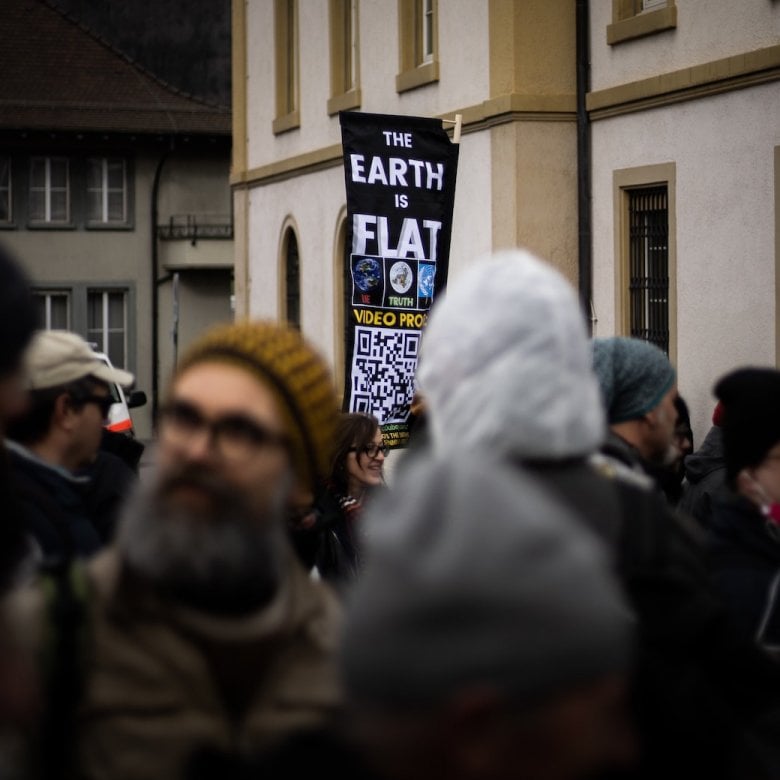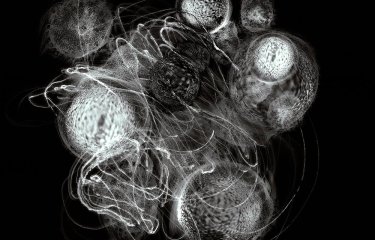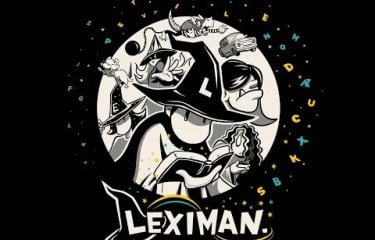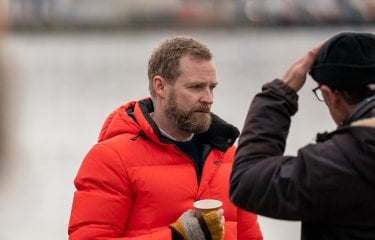5 ways journalists fact-check stories in the age of fake news

This piece was written by Dr Kit Chapman, award-winning journalist and Course Leader of Journalism MA (Online)
In the modern multimedia landscape, it’s sometimes hard to tell fact from fiction. Recent stories with a worldwide impact – such as the COVID-19 pandemic, Russian invasion of Ukraine, and Brexit – have seen misinformation, ‘fake news’ and statements deliberately taken out of context on an unprecedented scale.
The rise of photo manipulation and deepfake technology means we sometimes can’t trust the content we see and hear. And just because something appears on Wikipedia, doesn’t mean it’s correct. Most of the online encyclopaedia’s pages can be edited by anyone, meaning it’s rife with errors, cherry-picked facts, and vandalism.
The consequences of getting something wrong are significant: it not only damages a journalist’s reputation and their organisation’s standing, but could also lead to widespread panic – such as the false claim that the MMR vaccine caused autism – or see the publisher sued for libel.
The good news is that journalists have tools and resources at their disposal in the fight against fake news. Here are five questions journalists should ask to ensure their stories are fair, balanced and accurate while keeping their audience informed.
1. Has this story been fact-checked already?
Sometimes a story has already been investigated by an established team. Most large media organisations, including the BBC, Washington Post and Associated Press, have dedicated fact-checking specialists who delve into information and fact-check rapidly. There are also independent bodies, such as Full Fact in the UK, Snopes, and Africa Check, which run a detailed fact-checking service. If the story isn’t breaking news and is already established, these sites will often have already investigated into the story and got to the source.
2. Can you attribute the quote?
The internet is filled with fake quotes, misattributed quotes or quotes taken entirely out of context. Even videos can be carefully edited to give a misleading perspective. When it comes to quoting someone else, the gold-standard for journalists is always to conduct an interview yourself (or at least be present). However, that’s not always possible. Look for information coming out of official channels – verified government accounts on social media, posts on company websites and media teams, or press releases from reputable organisations. Always be wary of any quote that comes from a non-specified group such as ‘scientists’, ‘doctors’ or ‘experts’, rather than an identifiable individual.
3. What does the data say?
It’s easy to make up figures, particularly if they aren’t attributed to a specific source. Never trust a number unless you can identify where it came from and always double-check the data yourself. For example, every major scientific paper is available online (even if many are behind paywalls), so rather than taking someone’s word for what the research shows, journalists can always go and look at the data themselves. The same rule applies to Government statistics, which are usually published, and reliable data from bodies such as the United Nations. Even if the figures are correct, it’s often useful to confirm what it means with an independent expert – the phrase ‘there are lies, damned lies, and statistics’ still applies today.
4. Is the image what it claims to be?
Photo manipulation has been around since photography began. There are countless examples of images and videos being deliberately edited to create false appearances – such as Stalin having his rivals edited out of photographs, or Britain manipulating newsreel footage of Adolf Hitler to make it appear he was dancing during WWII. Modern stories have also seen fake claims, such as footage from a computer game said to represent a dogfight over Kyiv during the Russian invasion of Ukraine. Meanwhile, a deepfake video appeared to show President Zelensky surrendering was posted across social media.
Checking images can be tricky, but one helpful step is to run a reverse image search on Google, which should be able to tell you the photo’s origin. If it has existed on the internet for years, it wasn’t taken yesterday! Such a search is easy to run: simply go to Google Images and drag the photo into the search engine. If you’re still not sure, think about different ways you could confirm the image independently, such as using Google Maps to visit the supposed location of the event. If the buildings don’t match, or the country uses a different type of road sign, it was probably taken somewhere else.
5. Is this a forgery?
Finally, always be on the lookout for forgeries, particularly on social media platforms like Facebook and Twitter. If an image is supposedly a screenshot from a recognised news outlet, such as the BBC or CNN, don’t trust an anonymous account: go to the news outlet in question to see if the footage appears there. Look out for tell-tale signs such as spelling errors, old logos, or low-resolution images. And always ask yourself: who is sharing this image or piece of information, and why? If it’s coming from a source you know isn’t a rigorous, independent news site, it might well be misleading you.
If you’re interested in tackling the key political, regulatory and creative issues affecting journalists today then join our online master’s degree in Journalism. Through a blend of lectures, webinars, guest talks, tasks and discussion forums, you’ll learn skills in data journalism and investigative reporting to gather and distribute quality news.




